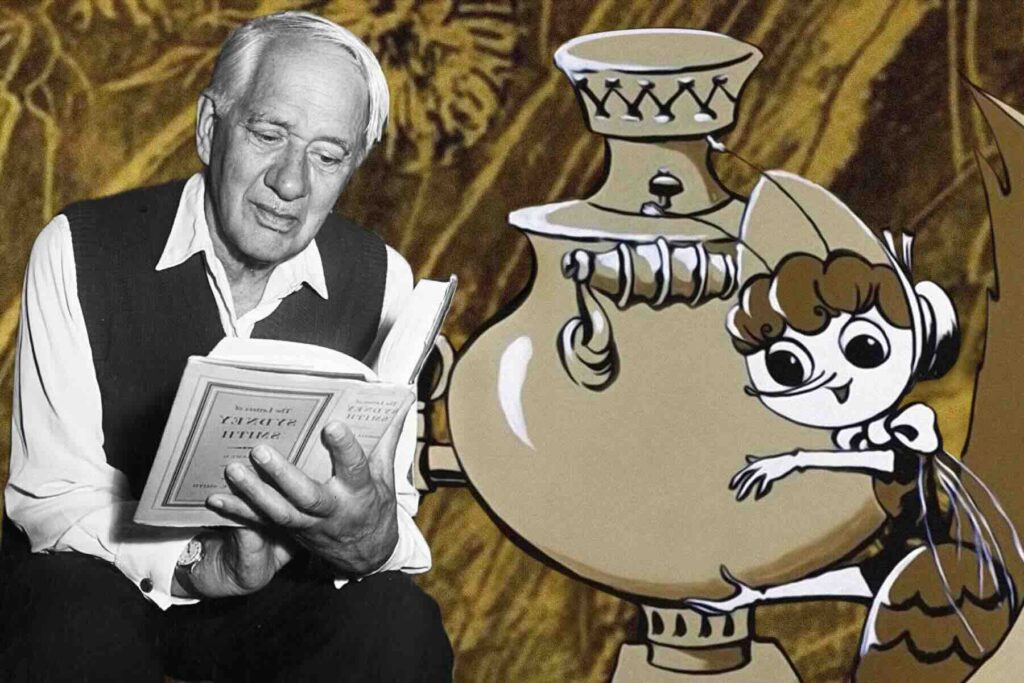Did you know who Nikolai Korneichukov was? Chances are — you actually do. Because every Russian-speaking child grew up with his stories: “Moydodyr,” “The Fly-Tsokotukha,” and many more.
Yes, Nikolai Korneichukov is the real name of Korney Chukovsky — the legendary children’s writer. And today, let’s take a closer look at his life and work.
A Brief Biography
Korney Chukovsky was born on March 19, 1882, in Saint Petersburg. His mother raised him alone, since her marriage to his father, a Jewish man, was forbidden in the Russian Empire.
Because of this, official documents often listed his and his sister Maria’s patronymic incorrectly — or omitted it altogether.
Chukovsky’s childhood was spent in Odessa. By 1901, he was already writing articles for a local newspaper. This job even took him to London as a correspondent, where he mastered English.
That experience later helped him translate famous foreign books into Russian — earning him respect in the literary world.
As his career developed, Chukovsky befriended many notable figures, published his own satirical magazine, traveled with the State Duma, and gained recognition as a literary critic.

A Pioneer of Children’s Literature
Chukovsky began writing for children relatively late in life. But those works are what made him immortal in Russian literature.
His very first fairy tale, “The Crocodile,” was harshly criticized by Nadezhda Krupskaya, Lenin’s wife. She even coined the dismissive term “chukovshchina” to describe his work.
Chukovsky promised to “do better” — but instead stayed true to his playful style. And in doing so, he completely transformed Soviet children’s literature.
Why Chukovsky’s Poems Matter
His stories weren’t just entertaining. They were rhythmic, melodic, full of onomatopoeia and bright sounds — perfect tools for developing a child’s speech and teaching Russian.
Take “The Monster Cockroach” (“Tarakanishche”), for example: vivid imagery, fun and memorable lines — ideal for reciting with kids.
Chukovsky’s books remain timeless tools for language learning and a joyful way to introduce children to Russian literature.






